In order to capture deadlock graphs without using a trace (you don't need profiler necessarily), you can enable trace flag 1222. This will write deadlock information to the error log. However, the error log is textual, so you won't get nice deadlock graph pictures - you'll have to read the text of the deadlocks to figure it out.
I would set this as a startup trace flag (in which case you'll need to restart the service). However, you can run it only for the current running instance of the service (which won't require a restart, but which won't resume upon the next restart) using the following global trace flag command:
DBCC TRACEON(1222, -1);
A quick search yielded this tutorial:
Also note that if your system experiences a lot of deadlocks, this can really hammer your error log, and can become quite a lot of noise, drowning out other, important errors.
Have you considered third party monitoring tools? SQL Sentry and Plan Explorer, for example, have a much nicer deadlock graph, showing you object / index names, as well as the order in which the locks were taken. As a bonus, these are captured for you automatically on monitored servers without having to configure trace flags, run your own traces, etc.:

Disclaimer: I used to work for SQL Sentry.
